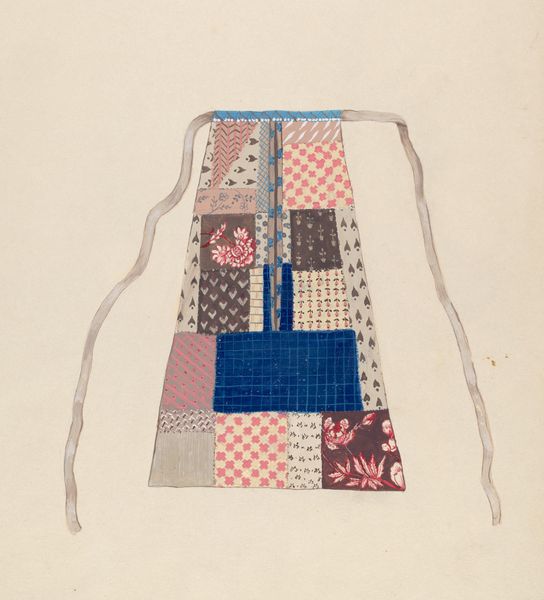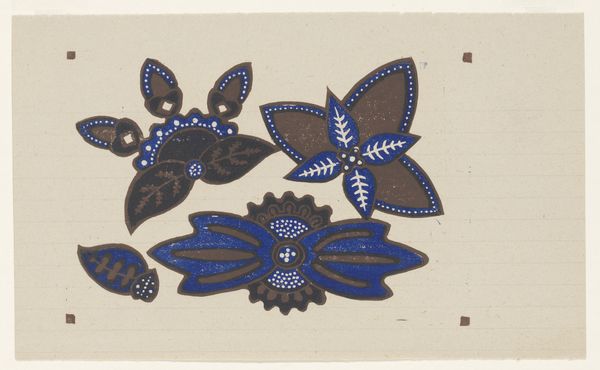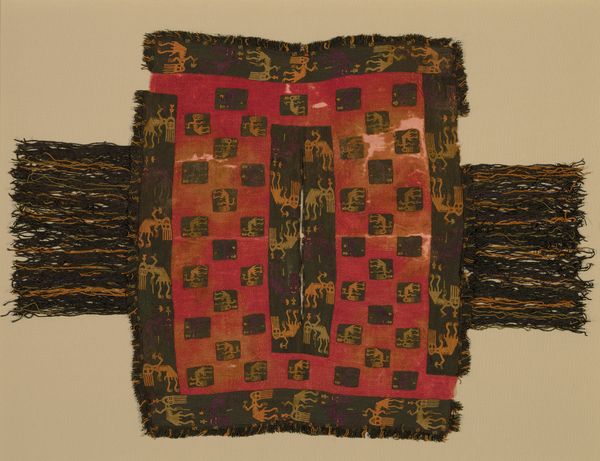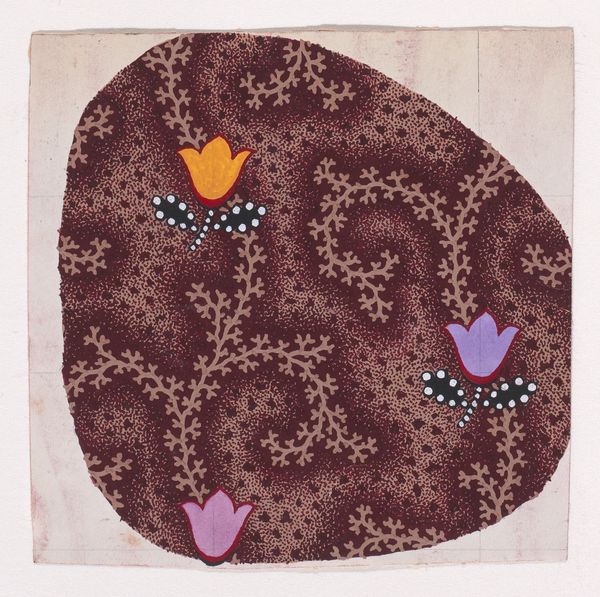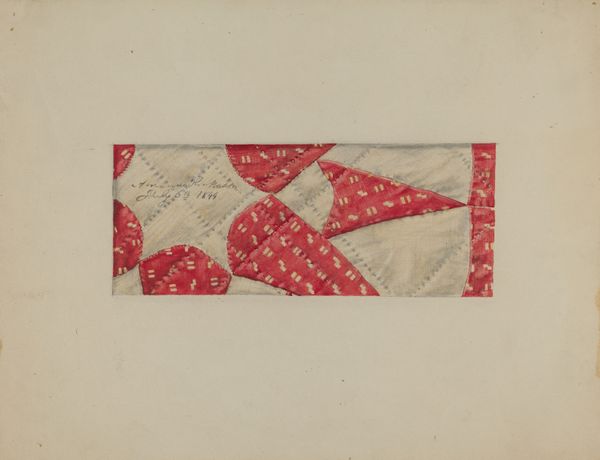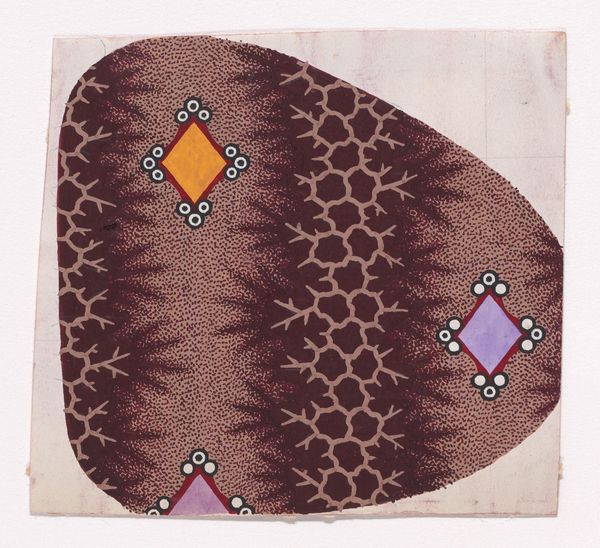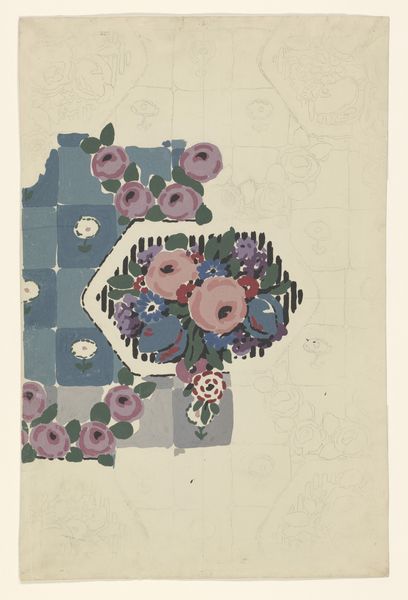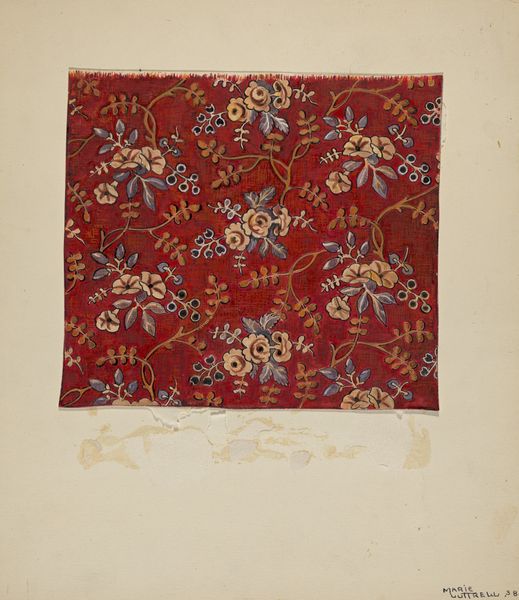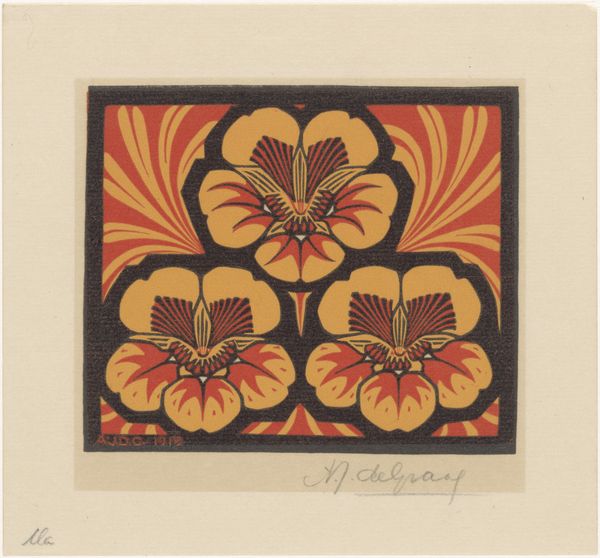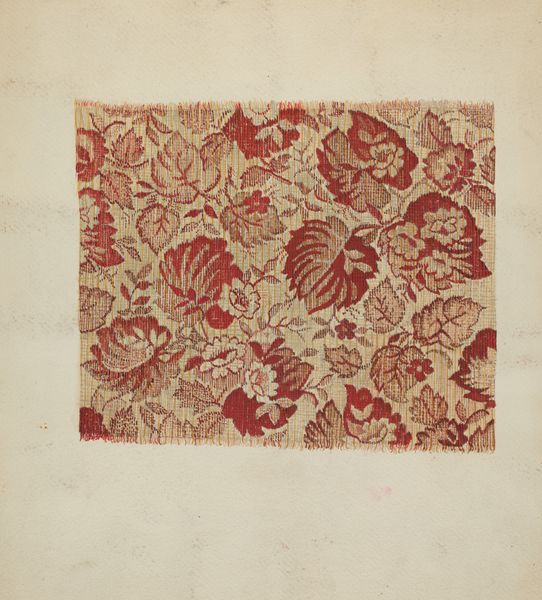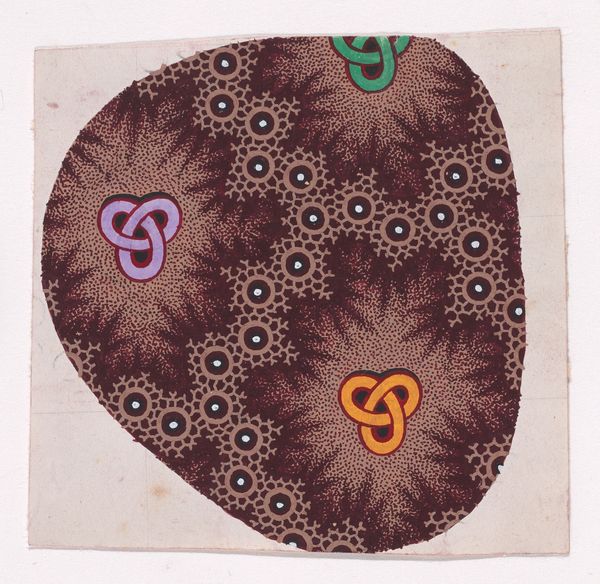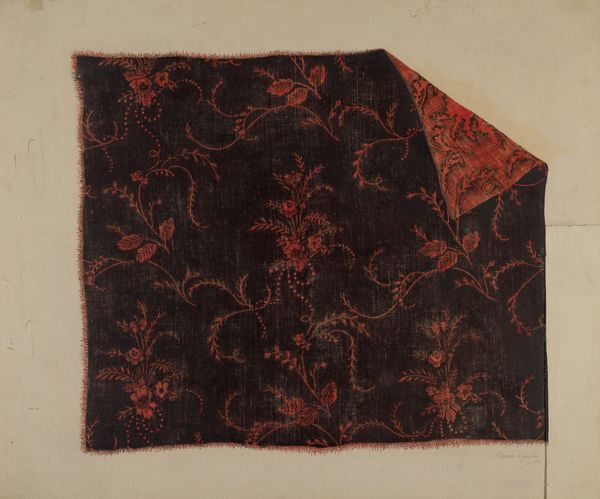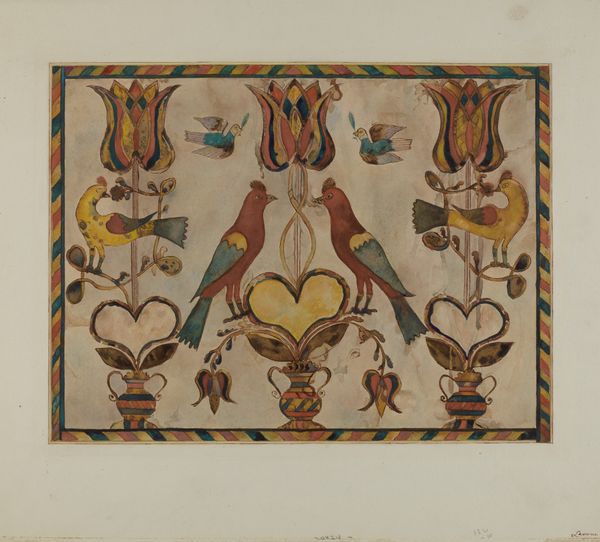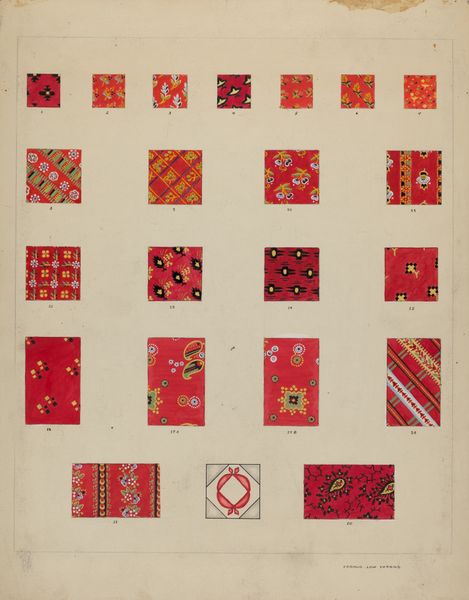
Fragment from the Shoulder of a Tunic (Uncu) Possibly 1532 - 1700
0:00
0:00
weaving, textile
#
weaving
#
textile
#
indigenous-americas
Dimensions: 24.8 × 38.7 cm (9 3/4 × 15 1/4 in.)
Copyright: Public Domain
Editor: Here we have a "Fragment from the Shoulder of a Tunic," also known as an Uncu. It's an Inca weaving or textile from between 1532 and 1700. The colors are striking, a deep red contrasted with checkered blacks, whites, and browns, with arrow-like motifs scattered about. It feels almost like a coded message. How do you interpret this work, especially in terms of its cultural context? Curator: It's fascinating to consider this fragment as a remnant of a complex power structure. Textiles in the Inca world were not just decorative, they were deeply enmeshed with social hierarchy, political control, and religious belief. Consider the meticulous weaving. Can you imagine the level of skill required, and who had access to that skill? Editor: Presumably not just anyone, right? Curator: Precisely. The Inca state controlled the production and distribution of high-status textiles like this. The quality and patterns signified rank, allegiance, and even ethnic identity. This "Fragment" hints at the larger tunic’s original design, a language of symbols communicating complex social information. The Spanish arrived around 1532. What do you imagine the impact of colonization was on this kind of textile production? Editor: I imagine everything changed. I bet weaving shifted. It was either outlawed or adapted by force to include foreign motifs or was woven by indigenous artists who were actively resisting colonial rule and integrating secret ancestral iconography, right? Curator: Exactly. These textiles can reveal the impact of colonization on indigenous identity and resistance efforts. Surviving textiles such as this "Fragment" is nothing short of miraculous, telling a layered story of power, adaptation, and cultural survival. Editor: It is amazing how a simple piece of weaving embodies the historical narratives of a society and resistance! Curator: Absolutely. Examining art through this lens allows us to deconstruct the past, recognize power dynamics, and understand historical impacts of oppression and cultural continuity of textiles in indigenous America.
Comments
No comments
Be the first to comment and join the conversation on the ultimate creative platform.
